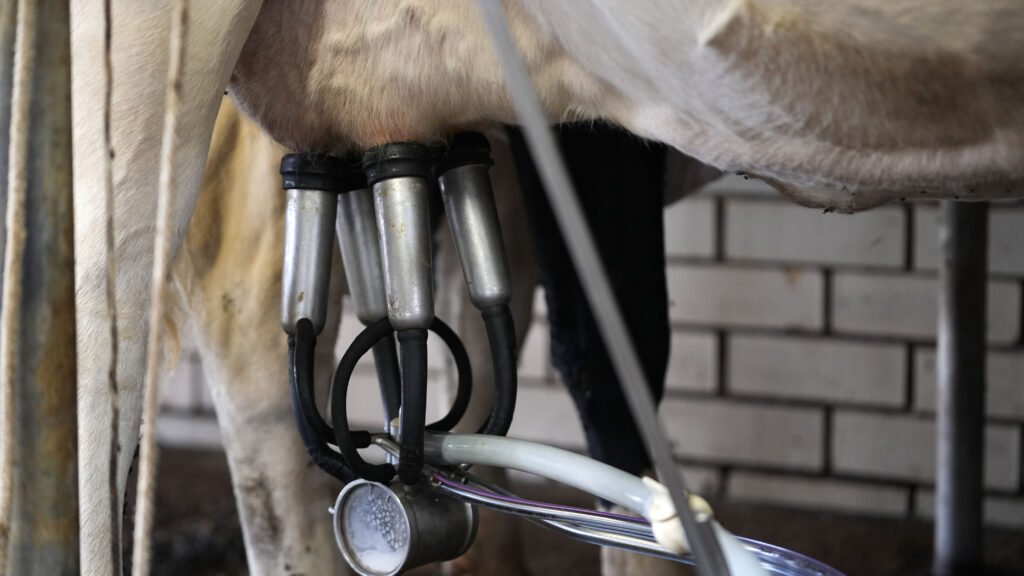Another Spillover of H5N1 Bird Flu Virus Detected in Dairy Cattle in Arizona
In a concerning development, the Arizona Department of Agriculture has reported the detection of the H5N1 bird flu virus in milk from a herd of dairy cows in Maricopa County, home to the state capital, Phoenix. This marks the first instance of H5N1 being found in dairy cows in Arizona, making it the 17th state where affected cows have been identified. Since the initial outbreak was identified in late March 2024, nearly 970 herds across the country have tested positive for the virus.
The discovery in Arizona was made as part of the U.S. Department of Agriculture’s National Milk Testing Strategy, which routinely samples bulk milk for the presence of H5N1 viruses. Just last week, the USDA and Nevada’s Department of Agriculture also announced a detection of H5N1 in dairy herds in Nevada.
Initially, it was believed that all the detections of H5N1 in cows were connected, stemming from a single jump of the virus into cows in late 2023 or early 2024, likely originating in Texas. This assessment was based on the genetic sequences of the viruses, which belong to the clade 2.3.4.4b, genotype B3.13.
However, the recent detection of a different strain of the virus in milk from Nevada herds revealed that there are multiple versions of the virus responsible for these infections. The virus found in Nevada belonged to the D1.1 genotype, which is known to cause severe infections in humans. The virus isolated from the Arizona dairy cows was also a D1.1 virus, but appeared to be a distinct variant.
Despite this development, the Arizona statement reassured that the D1.1 genotype found in their cows does not possess features that would make it more likely to infect humans. Nevertheless, experts have warned that more spillovers into cows are likely due to the widespread presence of H5N1 in wild birds across the country.
Michael Worobey, an evolutionary biologist at the University of Arizona, expressed surprise at the rapidity of the spillovers and the proximity of the Arizona detection to the Nevada findings. Prior to the outbreak in cows, the U.S. had only recorded one human H5N1 infection in 2022, but there have been 69 confirmed cases in the past year, mostly linked to direct contact with infected dairy cows or poultry flocks.
The majority of these cases occurred in individuals with close contact with animals, highlighting the susceptibility of livestock to contracting the virus from wild birds. The ongoing monitoring and surveillance of H5N1 in both wildlife and domestic animals remain crucial to prevent further spillovers and protect public health.


